The Bugatti 100P record plane
A recent release in the ‘Violaero’ series from the Dutch publisher Lanasta is on the Bugatti 100P record plane; a type that never flew. The name ‘Bugatti’ has attracted already many people with an interest in Bugatti in general but this record plane is relatively unknown and little has been published on this exotic bird.
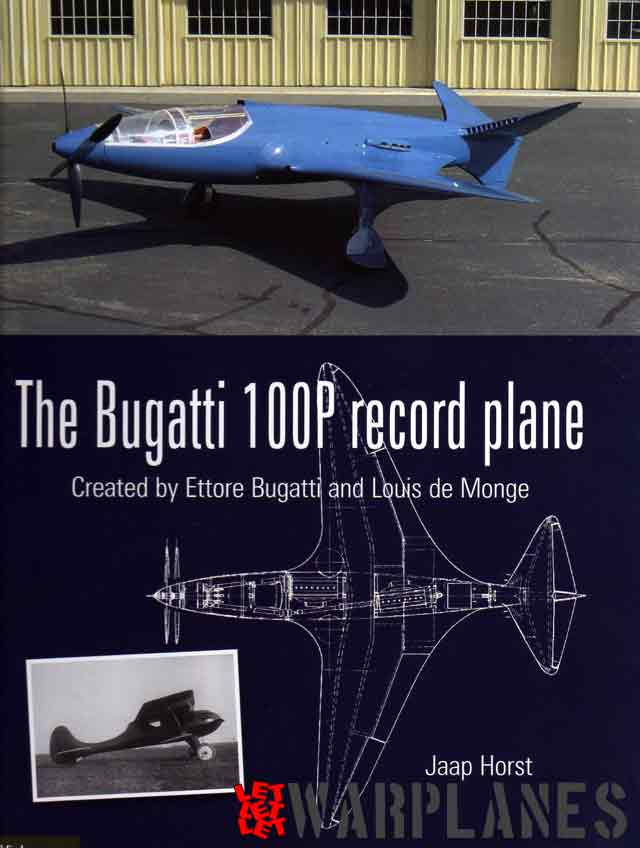
Now, the full story on this beautifully shaped aircraft has been put together in a book by the Dutch author and Bugatti fan Jaap Horst.
The Bugatti 100P was almost completed when the Second World War prevented further work and although German forces tried to find it after the capitulation of France they never discovered it because it was hidden in a shed. After the war it was finally purchased by an American and shipped to the U.S.A.. After change of ownership it finally ended at the workshops of the Experimental Aircraft Association where it was fully restored into airworthy condition. Unfortunately it has not yet flown at the introduction of the book.
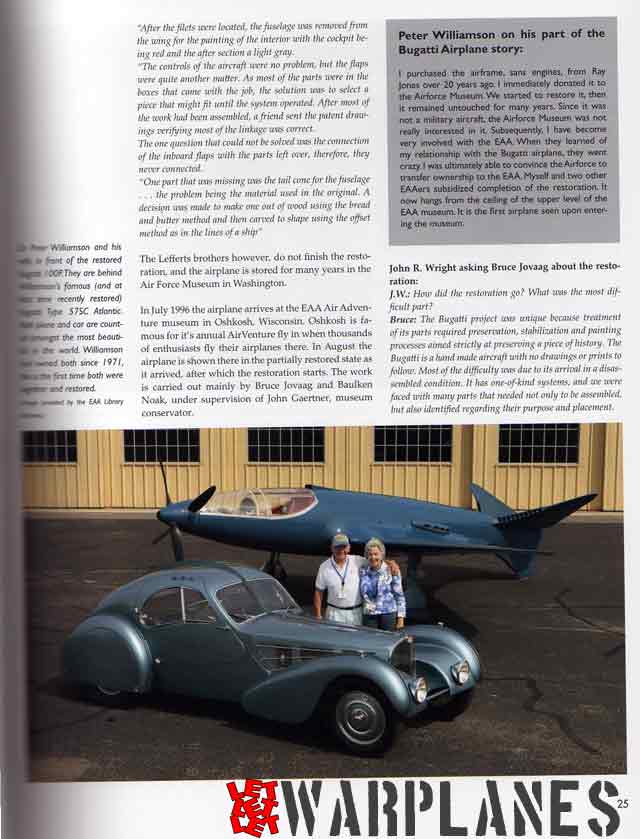
The author gives full details on the history and technical development of this interesting aircraft with many photographs and drawings. Also extensive details on the restoration project and the construction of a flying replica are given.
However, this is not the end of this book. Mr. Horst also gives an excellent account of all technical work done by Ettore Bugatti and that includes aero/car engines, cars and even a high-speed train. The most important ‘extra’ in this book is the story given on Bugatti’s co-worker Louis de Monge. Being from Belgian origin (Bugatti was born in Italy) both worked in France on their creations. De Monge was a gifted aircraft engineer with less luck than the ‘big names’ Blériot etc. in France since none of his aircraft reached the production phase.
As far as I am aware this is the FIRST time the work of de Monge is described in detail in a book in a more than 50 page chapter with again may unknown photographs and drawings.
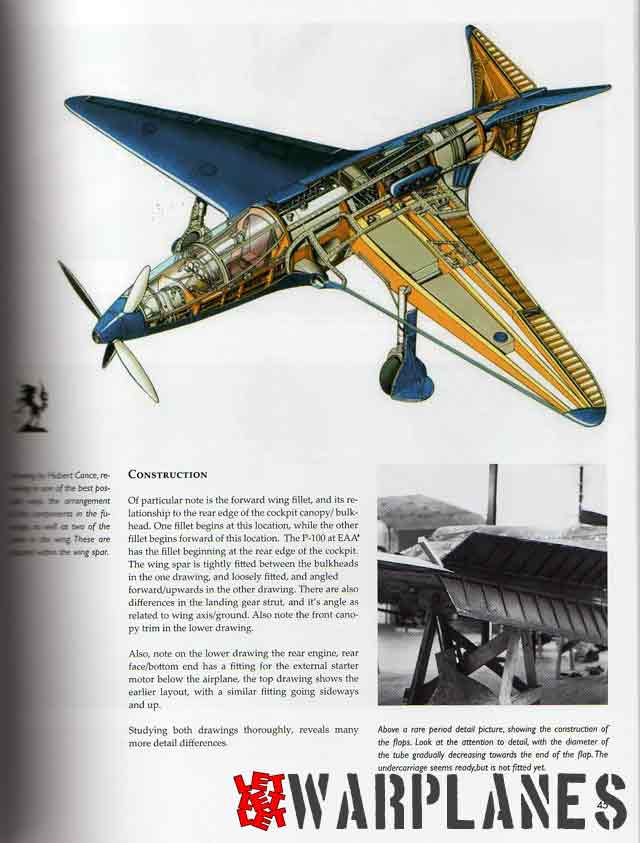
I found only one minor point of criticism:
The author is probably more a car than an aircraft fanatic and that may explain why he mentions in his book the Arsenal VB-10 fighter/attack plane as being the only one of its kind fitted with tandem engines in the fuselage driving contra-rotating propellers. When he had contacted the Forum of this website they could have informed him that also the Soviet Union and Japan produced an aircraft with this engine layout as the Bolkhovitinov S ‘Spartak’ and the Kawasaki Ki-64 ‘Rob’ respectively!
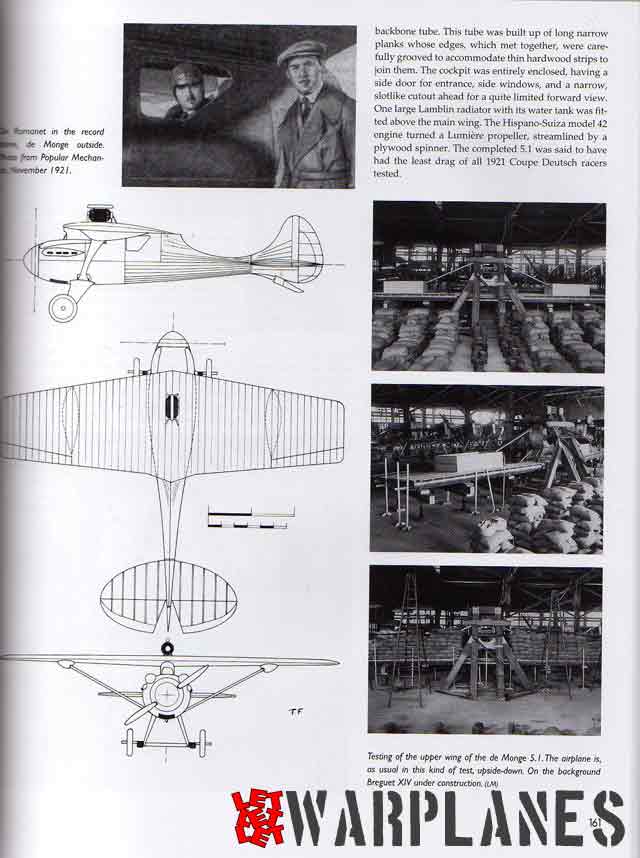
To summarize this review: this book is excellent reading fully worth its price.
Book rating: OUTSTANDING!! HIGHLY RECOMMENDED.
Recommended website: http://www.bugattiaircraft.com/index.htm
Book details:
Title: The Bugatti 100P record plane
Author: Jaap Horst
Publisher: Lanasta B.V., Slenerbrink 206, 7812 HJ Emmen -the Netherlands
Book type: hardcover, bound, A4 size on glossy paper with more than 320 B&W and colour photograph and dozens of drawings on 216 pages
Language: English
ISBN: 978-90-8616-123-2
Available at: Lanasta and in the specialized aviation bookshops
Price: Euro 38.95
With special thanks to Jantinus Mulder from Lanasta for providing a free review copy.
Nico Braas

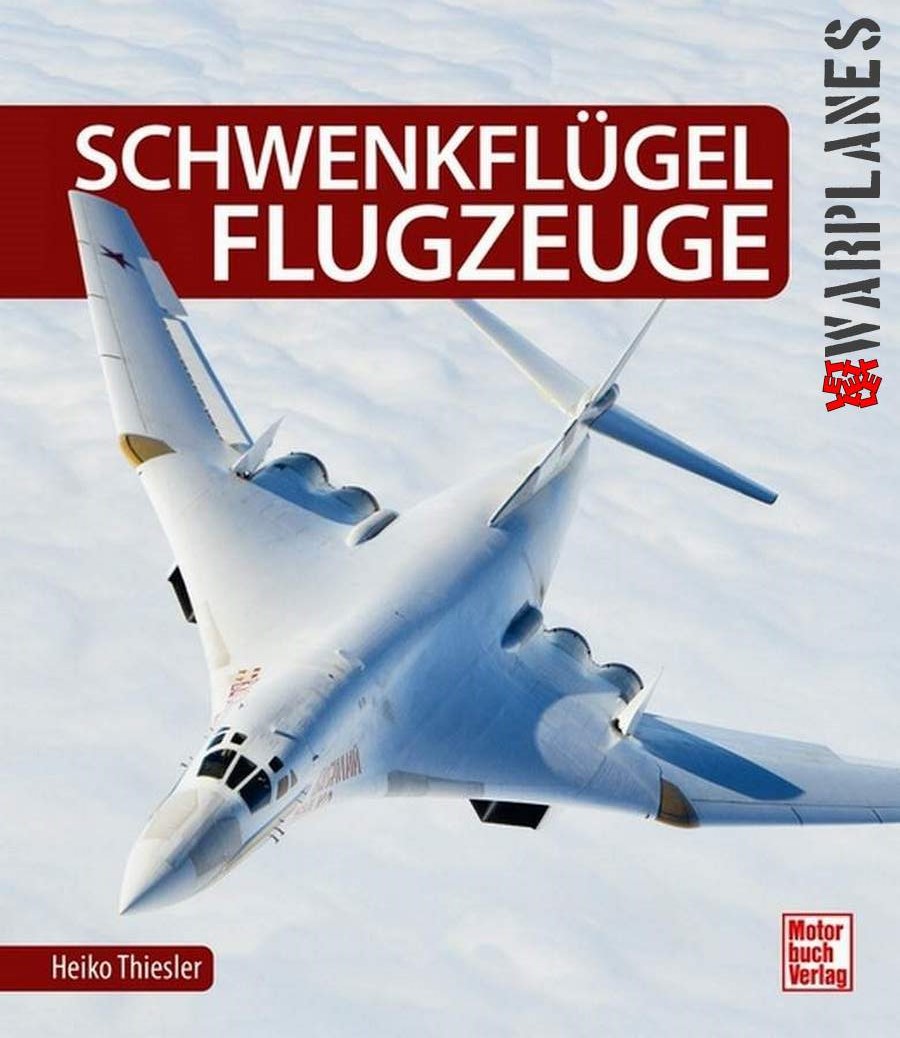
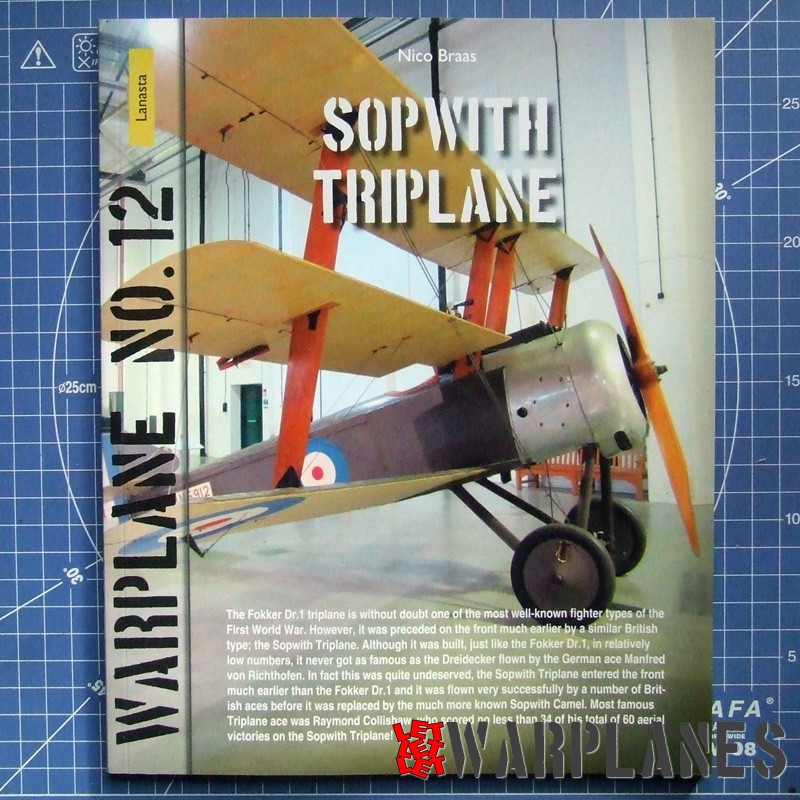
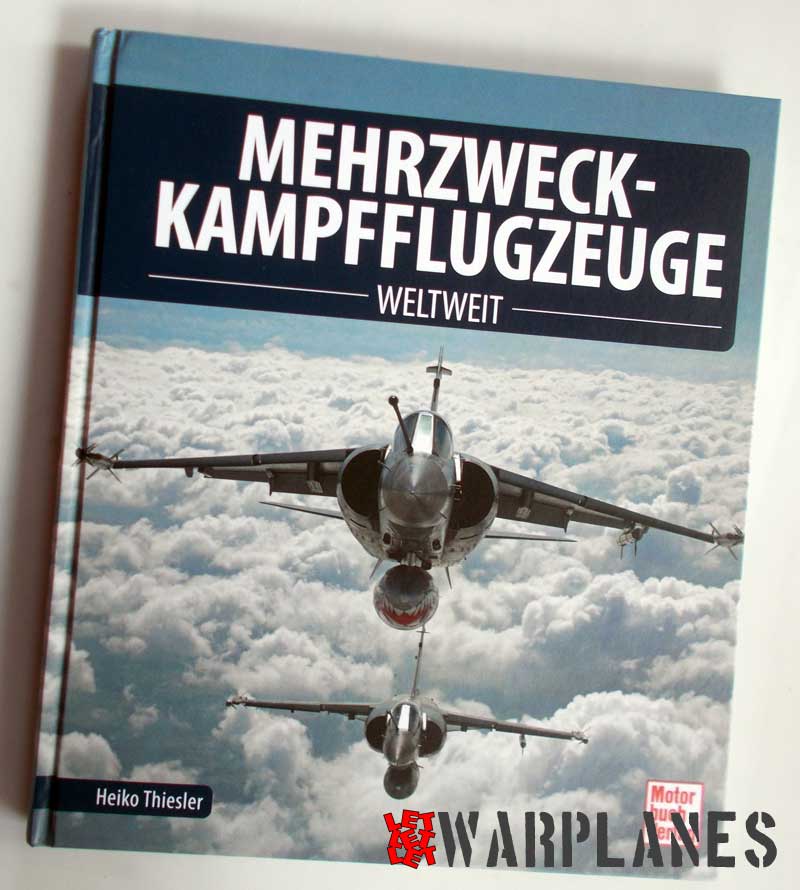
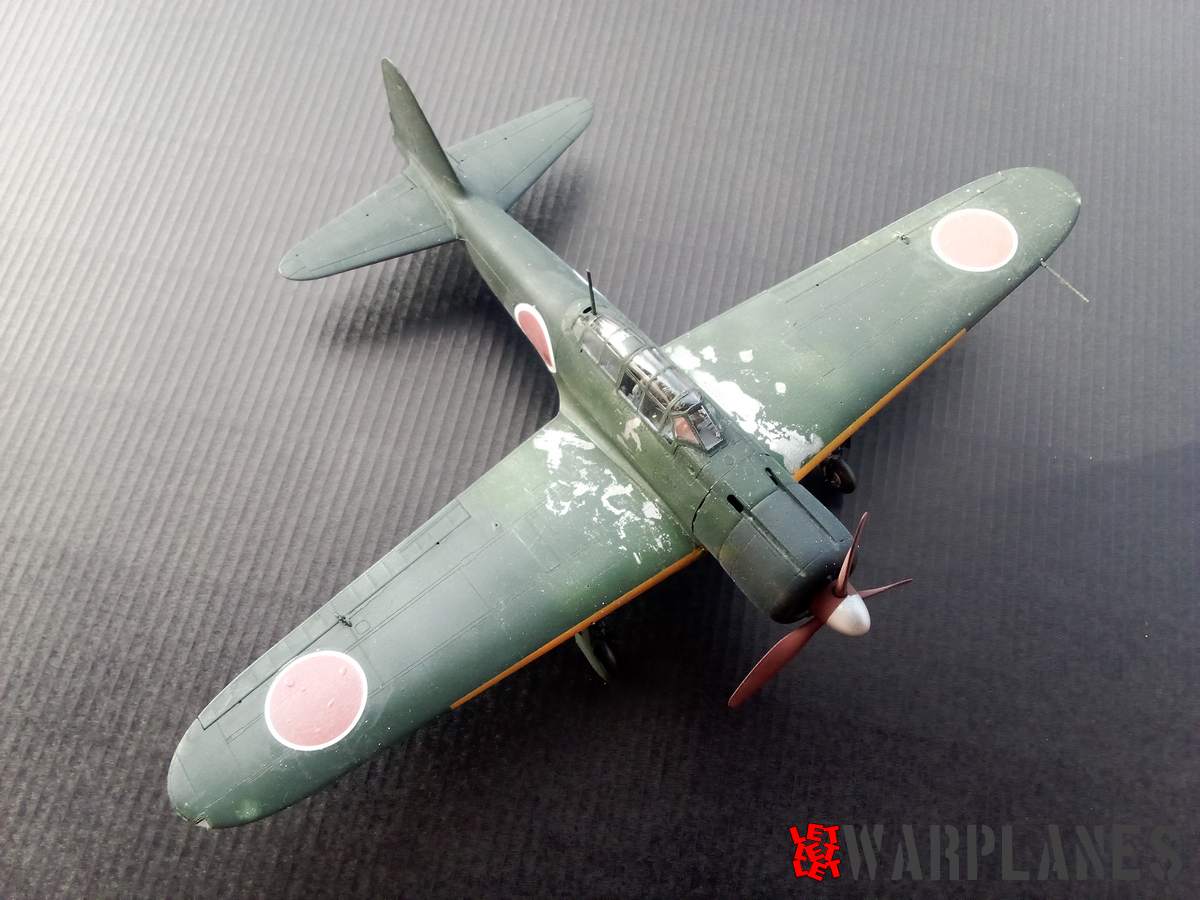

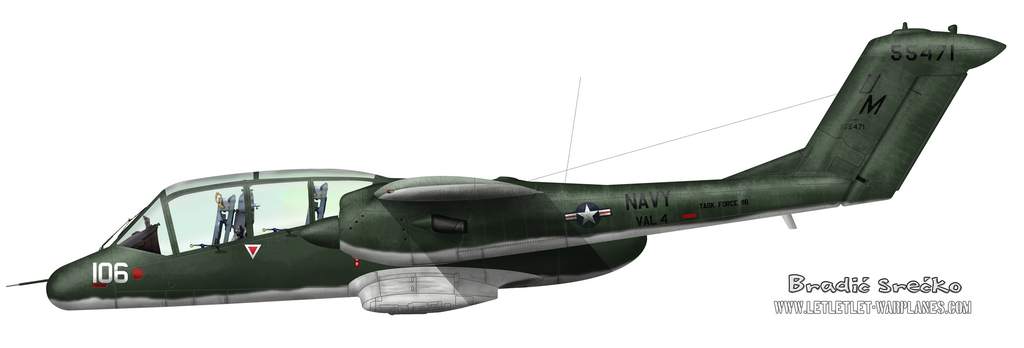

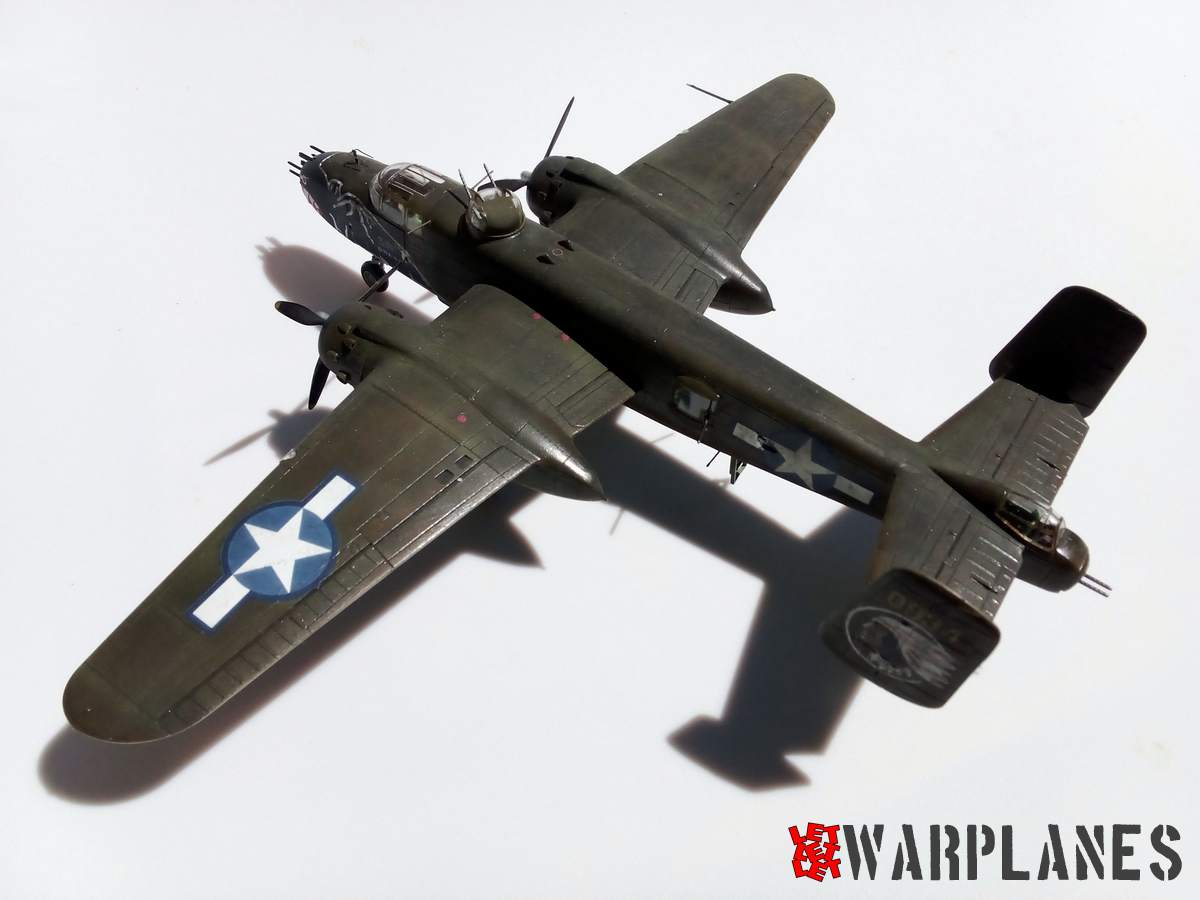
Hi,
The book is also available at Octagon Fox: http://www.octagonfox.com or info@octagonfox.com
Best regards,
Jeroen Vossen
There is also a small booklet on the Type 100P, see http://www.octagonfox.com/nieuw.html
Best regards,
Jeroen Vossen
For those interested in studying how some other designers handled the problems of twin-engined aircraft with engines buried in the fuselage and contra-rotating propellers (albeit not as fighter/attack aircraft) look at the Macchi M.C.72 Schneider cup winner, and the Douglas XB-42 Mixmaster.
The GM P-75 had a single engine (Allison W-3420) of 24 cylinders, but it sure looks like two engines coupled through a common crankcase. (A picture of it can be seen at http://www.aviation-history.com/fisher/p75.html)